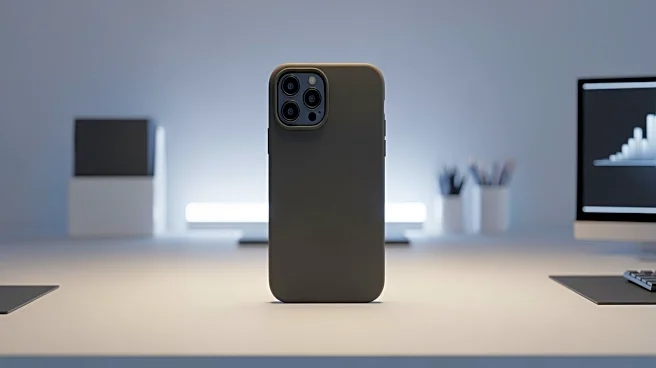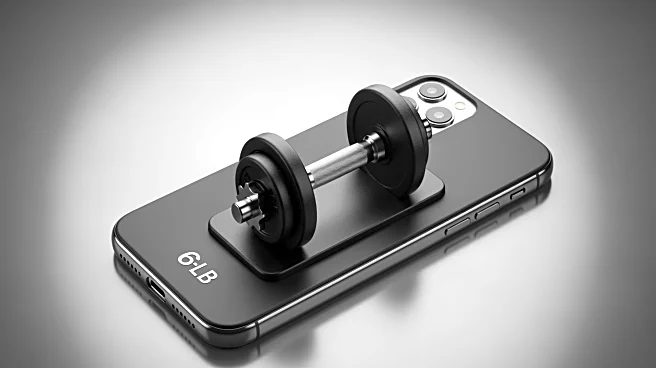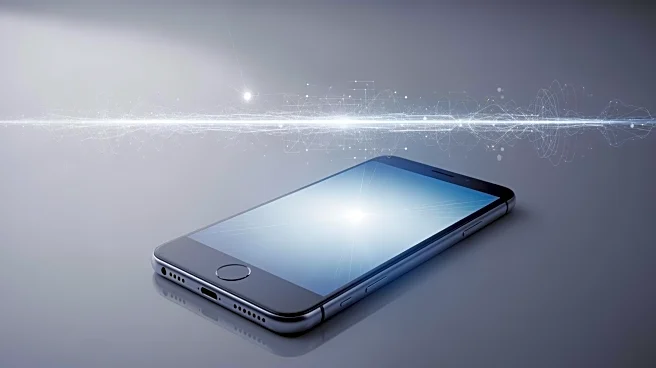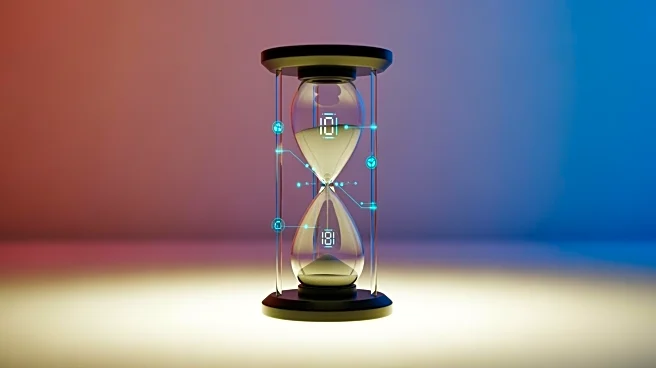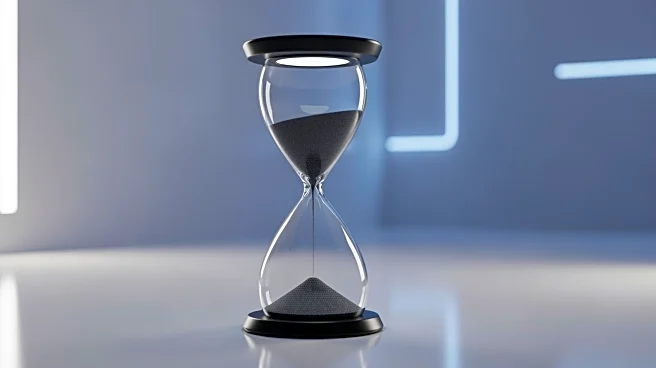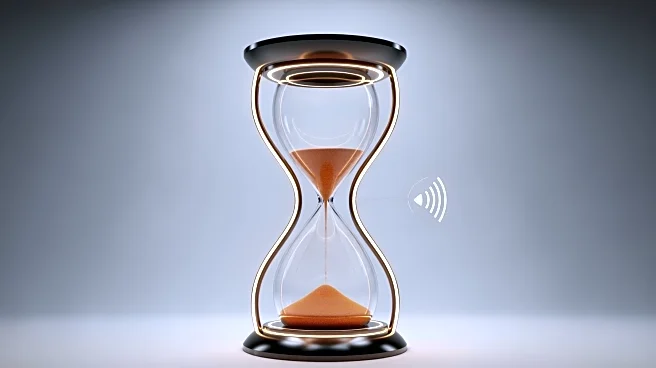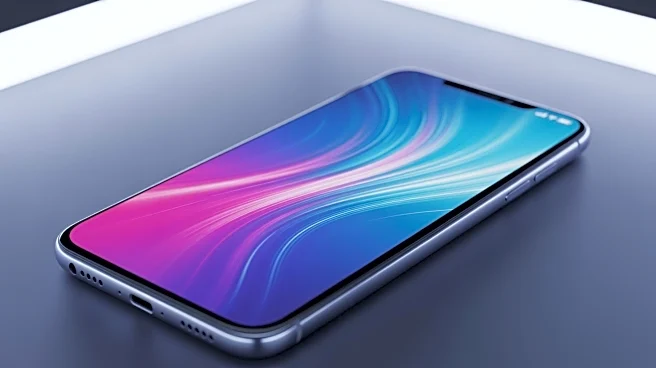What's Happening?
Logan Ivey, in collaboration with Matter Neuroscience, has developed a unique solution to reduce smartphone screen time by creating a 6-pound phone case. This heavy-duty case, made from stainless steel,
is designed to make the phone cumbersome to use, thereby discouraging frequent usage. The case requires an Allen wrench to remove and resembles the bulky satellite phones of the 1980s. Ivey's initiative comes after other methods, such as dumbphones and time-limiting apps, failed to significantly cut down his screen time. The case has successfully reduced Ivey's screen time from four and a half hours a week to two hours. The project is currently being crowdfunded on Kickstarter.
Why It's Important?
The development of the 6-pound phone case addresses the growing concern over excessive screen time and its impact on mental health. By physically limiting phone usage, the case offers a novel approach to combat smartphone addiction, which is increasingly recognized as a significant mental drain. This innovation could influence how individuals manage their digital habits, potentially leading to healthier lifestyle choices. The success of this initiative may encourage further exploration of physical deterrents to technology overuse, offering an alternative to digital solutions that rely on self-control.
What's Next?
The Kickstarter campaign for the 6-pound phone case is underway, aiming to bring this concept to a wider audience. If successful, it could lead to the production and distribution of the case, providing a tangible tool for those seeking to reduce their screen time. As awareness of the negative effects of excessive smartphone use grows, this product may gain traction among consumers looking for effective ways to manage their digital consumption. Additionally, it could inspire similar innovations that leverage physical design to promote healthier tech habits.
Beyond the Headlines
The introduction of a heavy smartphone case highlights the potential for physical design to influence behavior in the digital age. This approach challenges the reliance on digital solutions to address tech addiction, suggesting that sometimes old-school methods can be more effective. It raises questions about the balance between technology and lifestyle, and how physical interventions can play a role in shaping digital habits. This development may also spark discussions on the ethical implications of tech design and its impact on user behavior.
